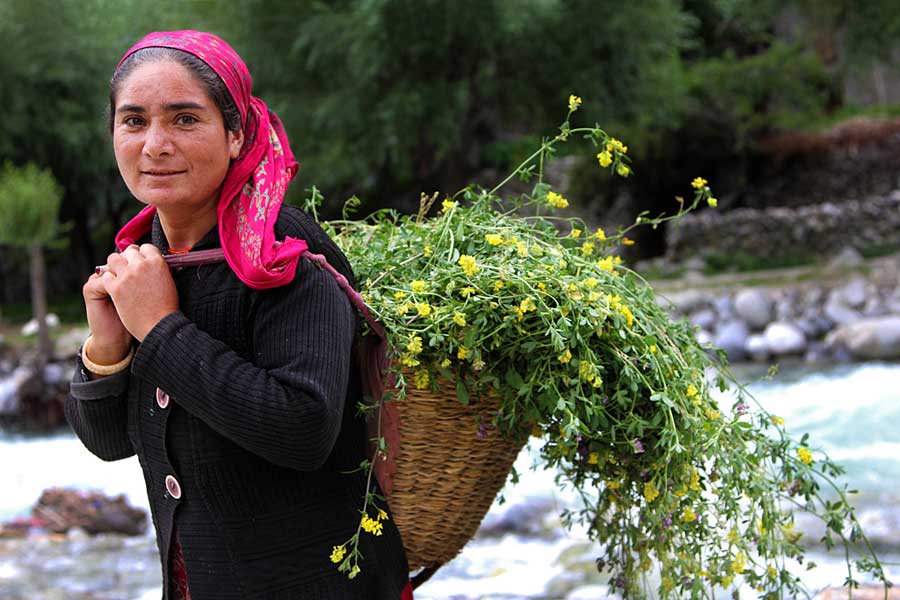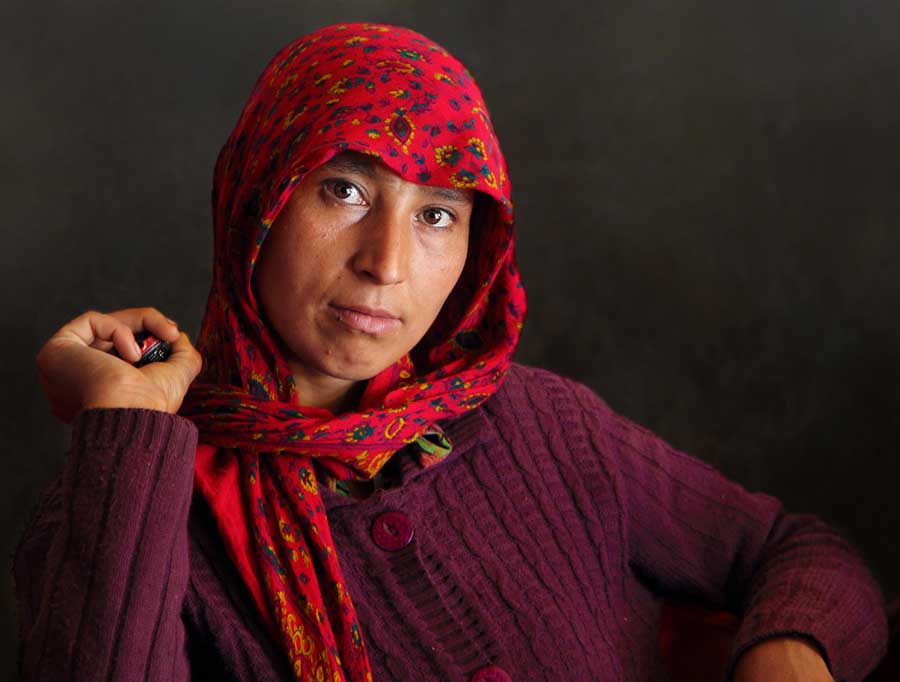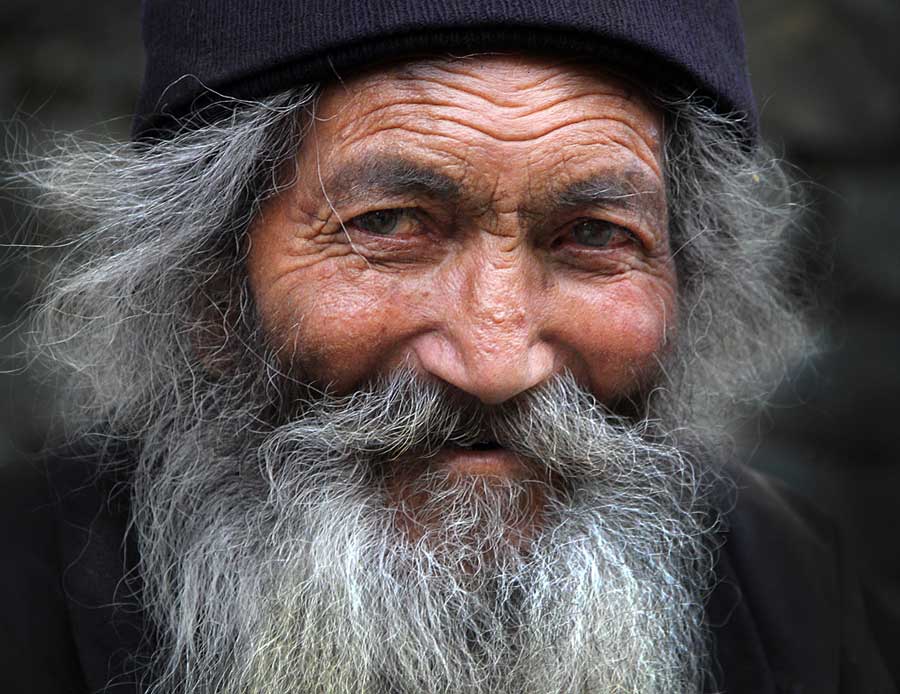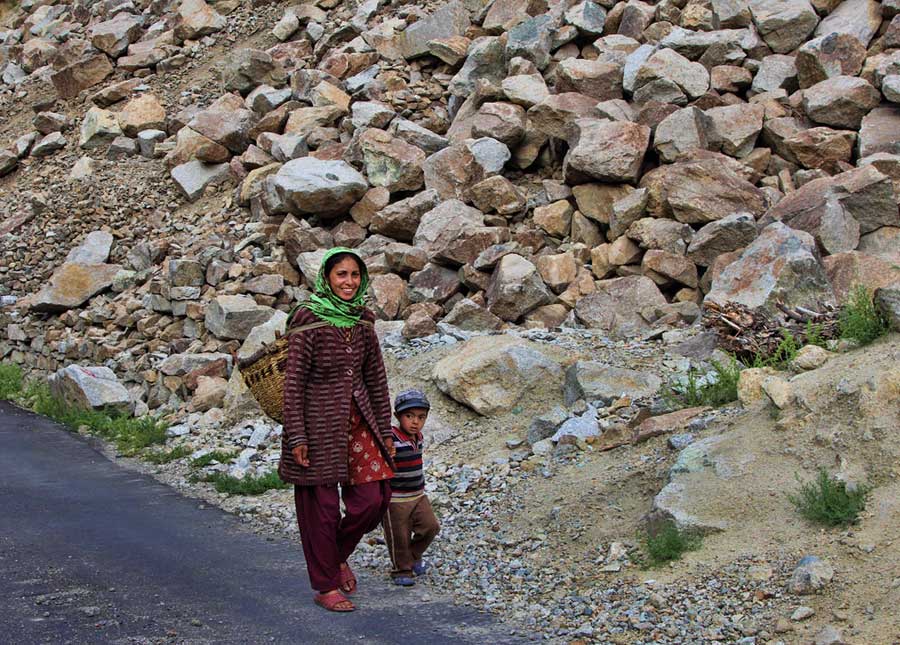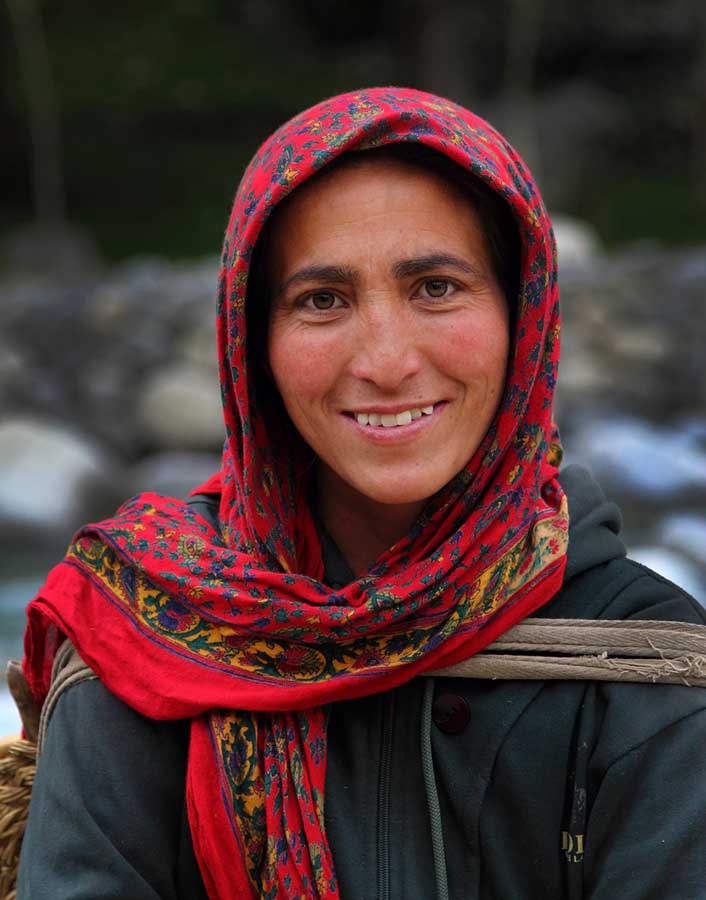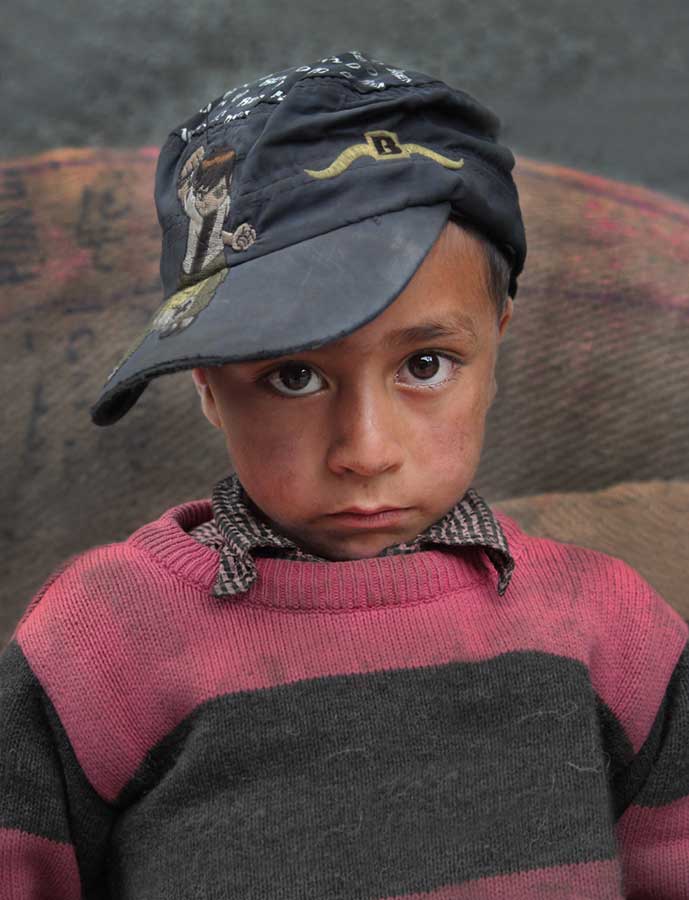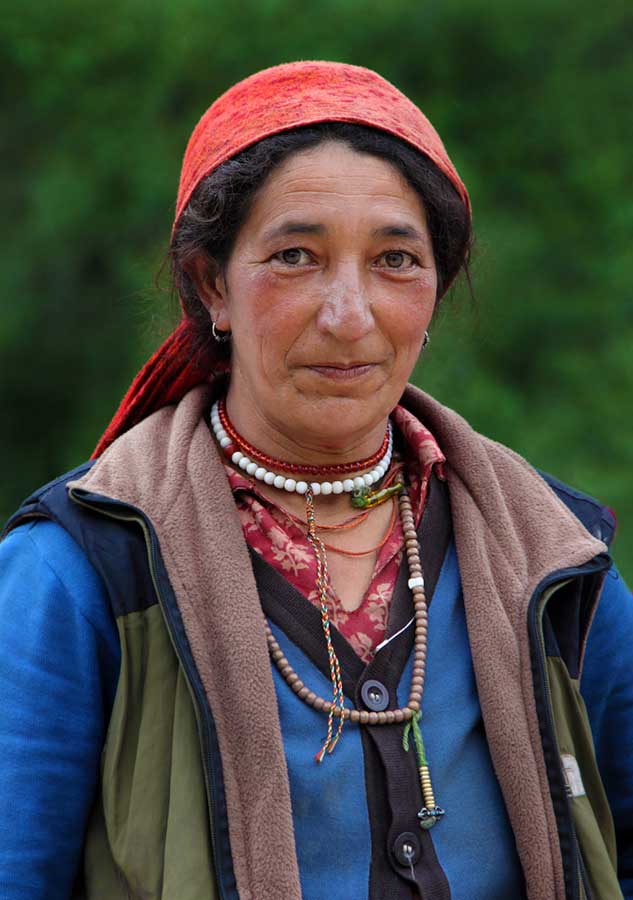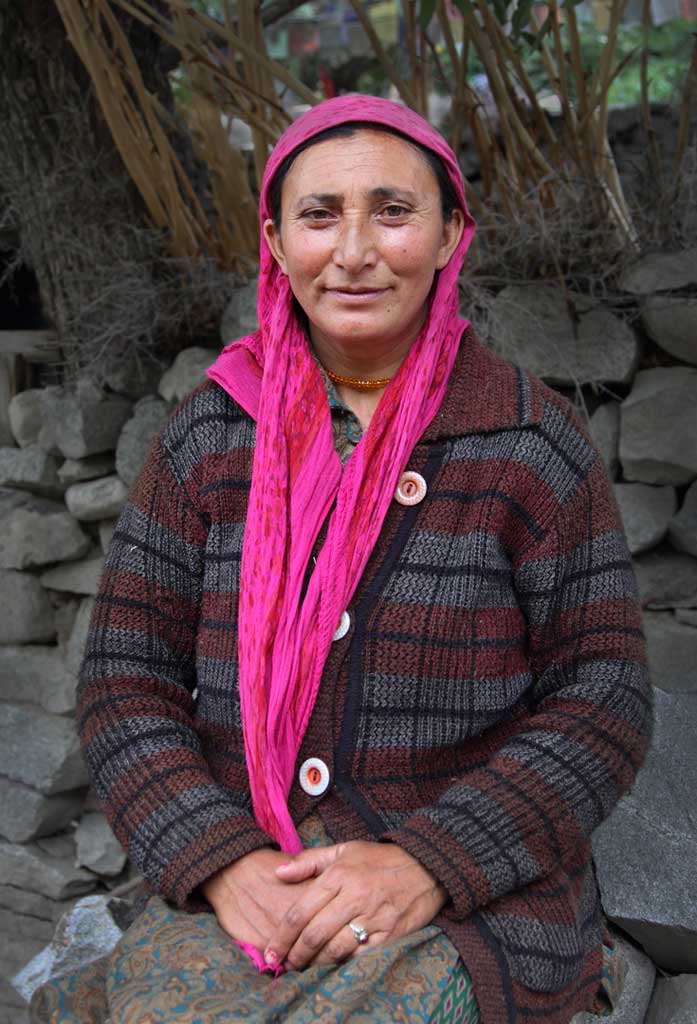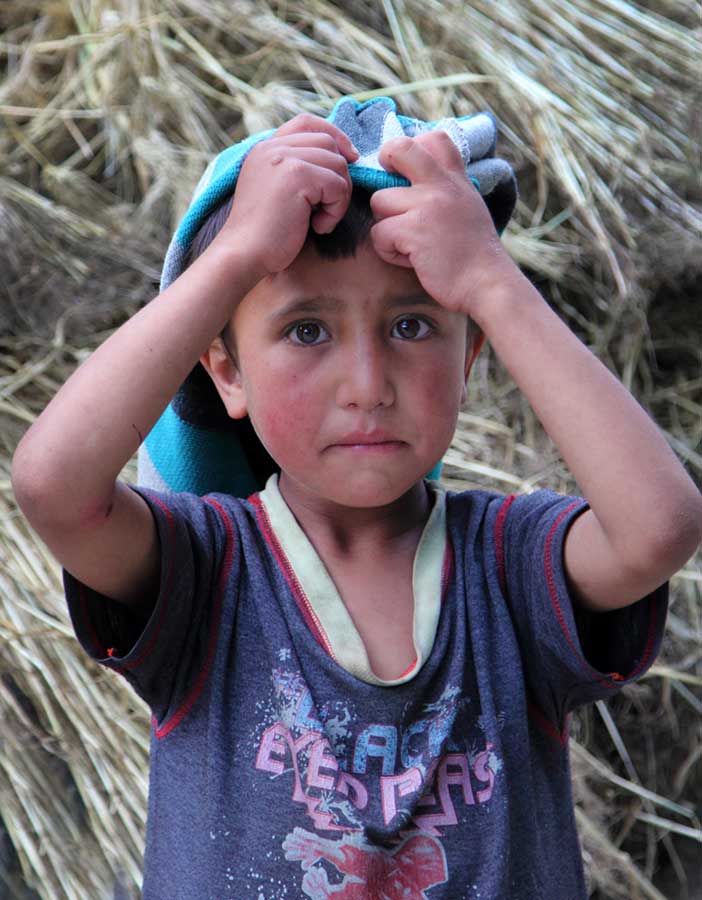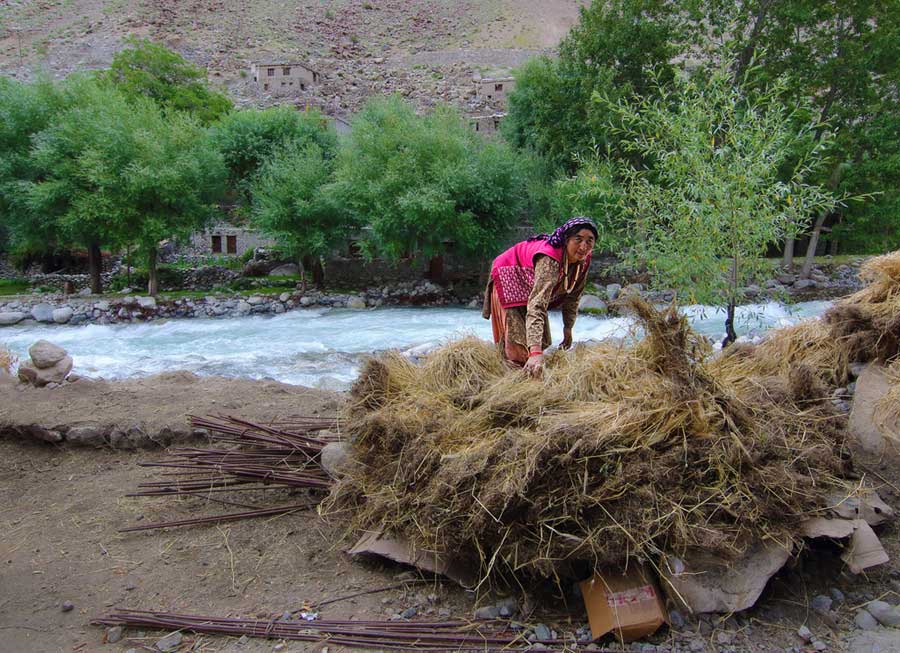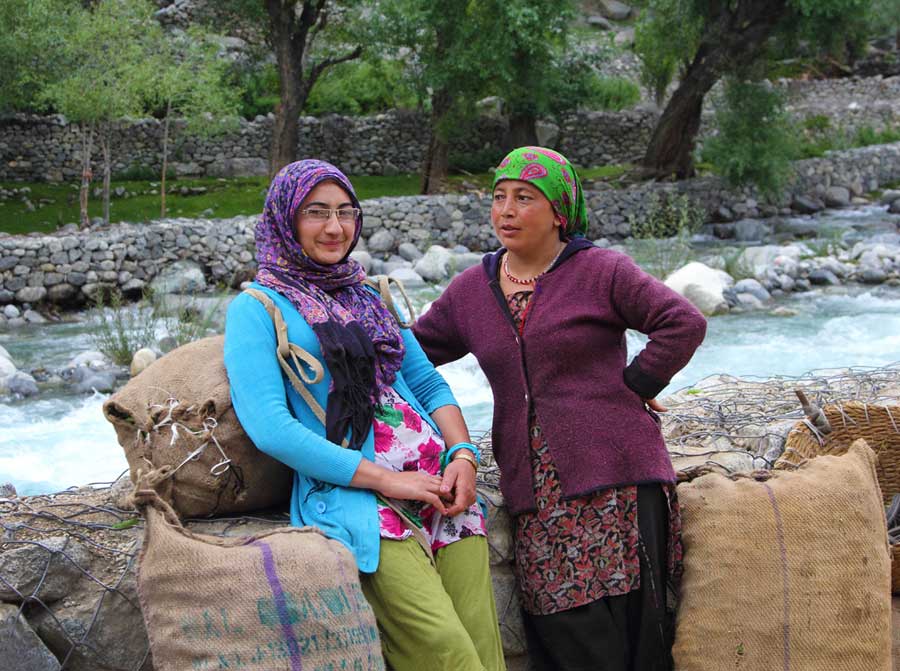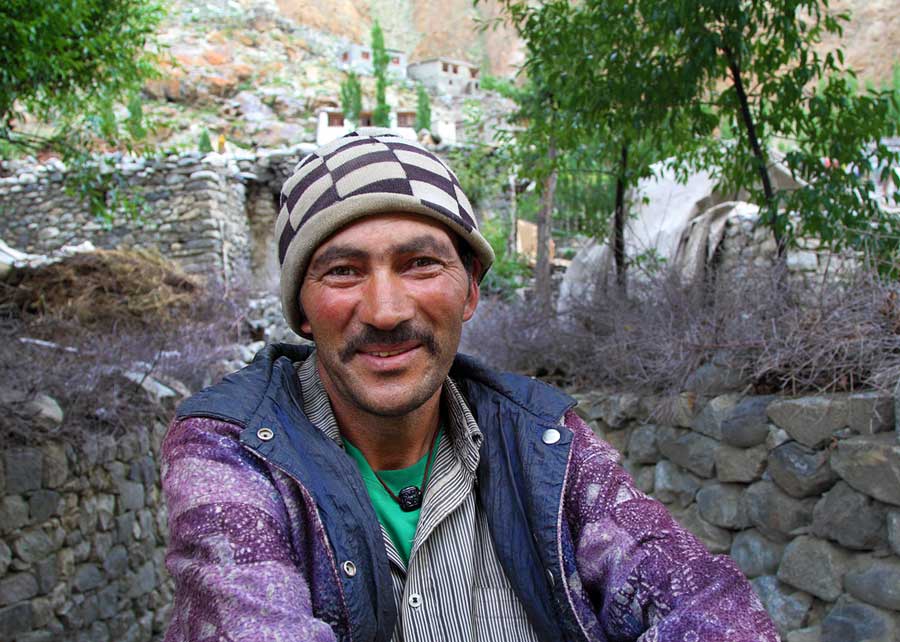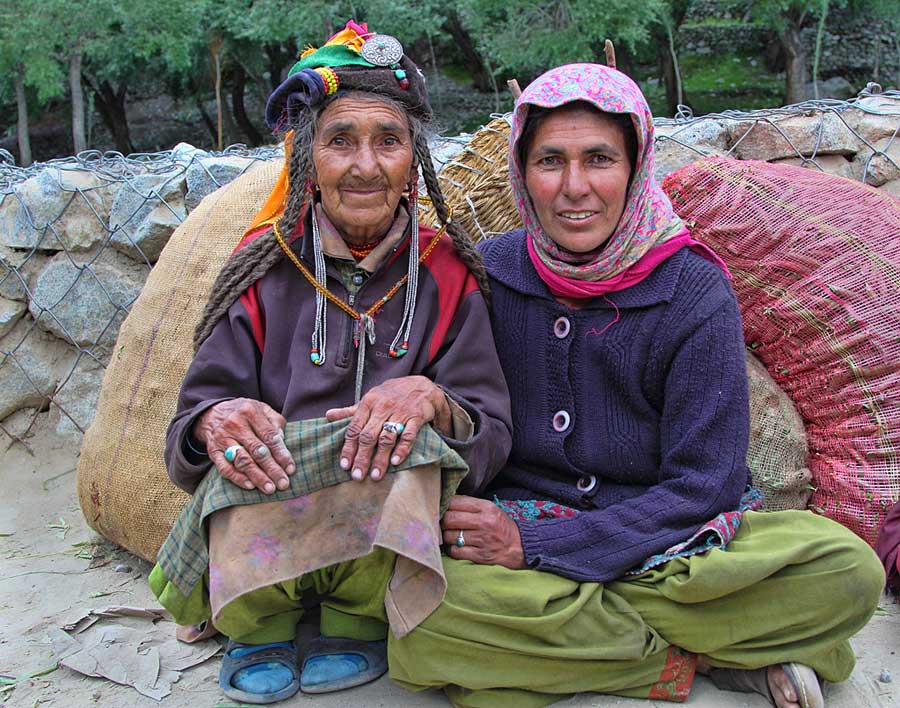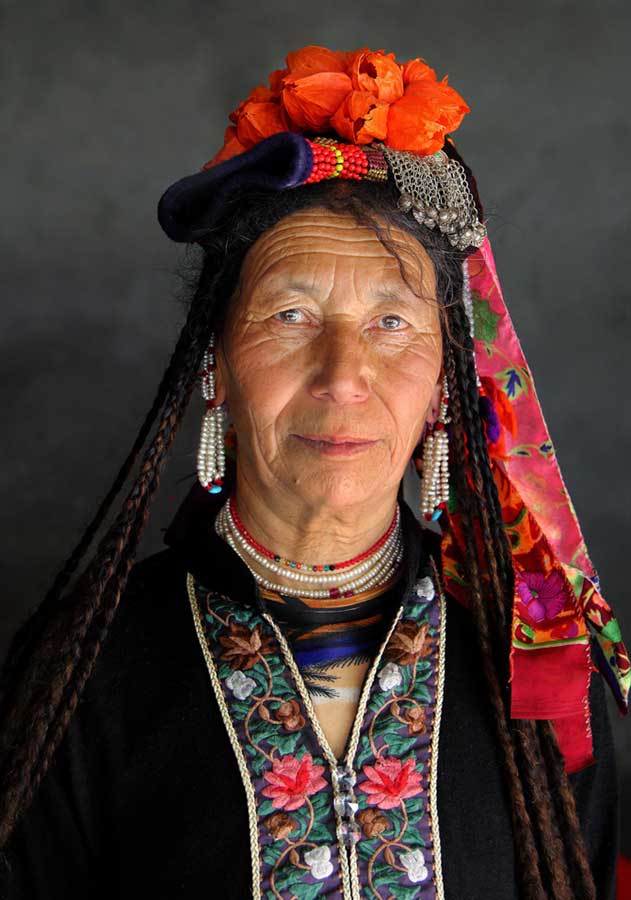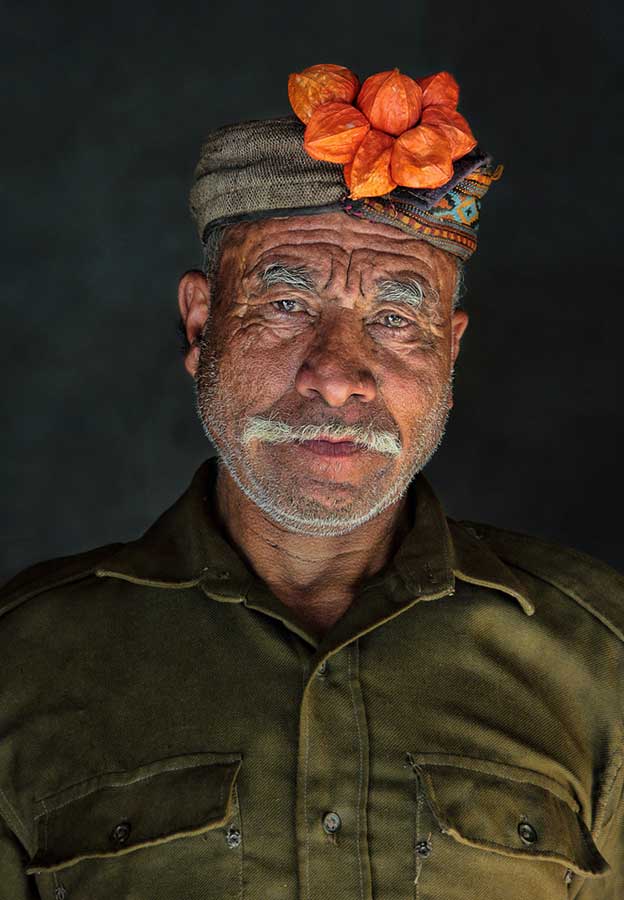Beyond the rich heritage of monasteries, the spirit of Buddhism, the captivating Landscapes and the Indus, one specific facet of Ladakh which has always fascinated me is the legendary inhabitation of pure-blooded Aryans in this parts of the region.
At the confluence of the rivers Shayok and Indus in the Kargil region, 163 kms west of Leh (India), we can find the community of Drokpas, who live in a cluster of villages including the small village Dhahanu, which can be reached passing through the beautiful villages of Kaltsey, Domkhar Skurbuchan and Achinathang. Drokpas are rumoured to be the ‘last pure specimens’ of the Aryan race. Across the world, several people still regard Aryans as the ‘Master Race’ or the noble race – tall, blue-eyed blondes endowed with intelligence and values. They are very protective about themselves and are, understandably, reluctant to open up so easily to “outsiders”. The joint family system is still in vogue, the sex-ratio is well-balanced. Inter caste marriages are rare.
These Aryans are believed to have arrived here from Gilgit in Pakistan just across the LoC; there is a view that they are actually descendants of Alexander the Great’s army, whose Genghis Khan-like sexual profligacy is a matter of legend. What marks these Aryans out, however, is that they have lived isolated lives for centuries in such an inaccessibly harsh terrain that they seem to have kept their DNA untainted by outsiders. Thus, the tantalising prospect of purity.
The Aryans zealously guard their traditions, the seclusion of the tribe over thousands of years has preserved their original looks which is totally different from others in the region. They appear ethnically distinct from Ladakhis or Kashmiris. They look statuesque and attractive, which is further accentuated by what they wear. The males put on a colorful headgear called ‘Tepi’ that has various colorful props attached, embellished with colorful flowers. The Tepi is also an instrument that wards evil eye. The women wear heavy metal, gold and silver jewellery along with full length sheep skin capes and sheep wool Phiran . Old metal coins are part of the accessory. There is a belief that metal worn on the body prevents sickness. There were no medical facilities in the past, so each prop on the head gear has some medicinal purpose. The seven colored ribbon wards any ailment caused by the Sun or eclipse. The silver brooches ward off planetary influences, the peacock feather wards off paralysis”.
The Aryans have almost a fanatical attachment to purity. Mountains, trees, water and flowers are considered very pure. Thus every Aryan household grows flowers. The flowers are considered auspicious and are worn on head gear by all married people and it signifies love and prosperity. Earlier the Aryans used to worship the sun, the moon and water but now people here are mostly Buddhists with some distinctive touches of Tibetan culture.
About Abhishek Nandy
I am Abhishek Nandy, a self taught amateur photographer from Jamshedpur, Jharkhand in India. I believe ‘there is a picture everywhere…its only about perception and observation.”
I am basically into art photography with inclinations towards human interest and travel. I have been conferred with the honour EFIAP from the International federation of photographic art, FIAP, Belgium and also a fellow of the federation of Indian photography.
My major achievements include the award from the Hon. President of India Dr. Shankar dayal sharma ( late ) in the national literacy campaign contest by the HRD ministry & UNESCO, the UNICEF’ Poland award in 2014 apart from over 100 awards in international photographic art salons where I have been a regular exhibitor with 800 plus admissions in over 45 countries worldwide. [Official Website]



